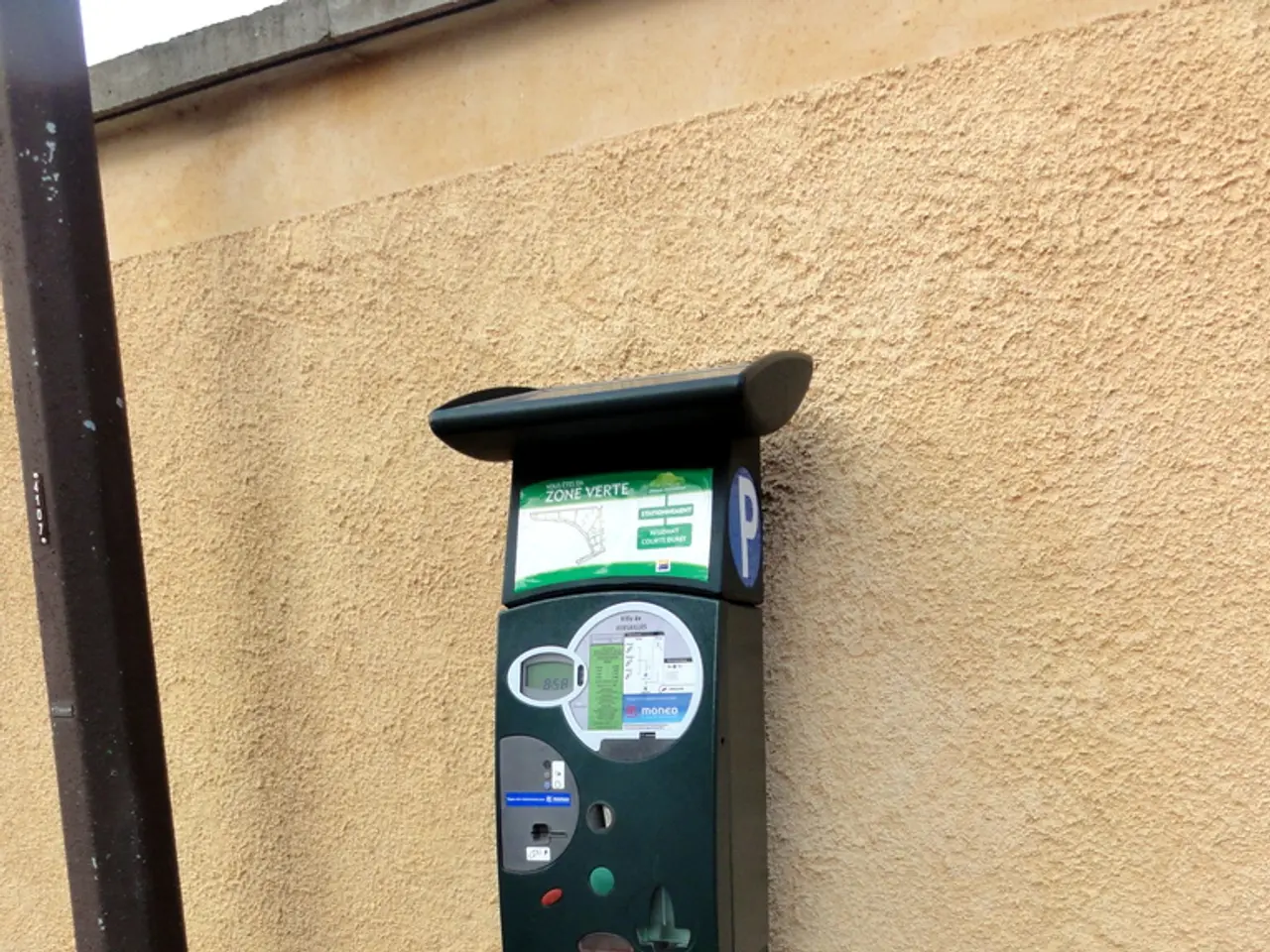Guide on Developing a Payment Gateway: Expenses, Advantages, Applications, Obstacles, Prospects
In the rapidly evolving digital world, payment gateways have become an essential component of the electronic commerce landscape. These digital point of sale (POS) terminals facilitate secure and efficient transactions between customers and merchants, playing a crucial role in the digital payment ecosystem.
The creation and operation of a payment gateway involve several key steps to ensure security, reliability, and efficiency.
1. **Research and Planning** The process begins with defining business requirements, such as the target market, expected transaction volume, user preferences, and supported payment methods and currencies. This foundational step ensures that the gateway aligns with business goals and customer needs.
2. **Build the Payment Gateway Infrastructure** Develop a robust, scalable server infrastructure, often cloud-based, to handle heavy transaction traffic with high uptime. Implement secure database management to store user and transaction data safely. Create APIs that allow easy integration with merchants' platforms and ensure broad compatibility.
3. **Select a Payment Processor** The payment processor handles the actual processing of transactions by communicating between the merchant, acquiring bank, and issuing bank. When a customer initiates a payment, the processor encrypts and securely transmits transaction data for approval and fund transfer.
4. **Ensure Compliance and Security** Payment gateways must comply with regulations like PCI DSS to safeguard payment data. Implement encryption and other security measures to prevent fraud and protect sensitive customer information during data transmission.
5. **Form Partnerships with Financial Institutions** Establish relationships with acquiring banks and card networks (Visa, Mastercard, etc.) to facilitate authorization and settlement of transactions.
6. **Develop a User-Friendly Interface** Design a seamless and intuitive interface that allows merchants and customers to easily carry out transactions, including checkout processes and payment confirmations.
7. **Testing** Thoroughly test the system for security vulnerabilities, transaction reliability, and user experience before going live.
8. **Maintenance and Updates** Continuously update the gateway to support new payment methods, improve security, and adapt to market changes.
9. **Customer Support** Provide ongoing assistance to merchants and customers for handling payment issues, disputes, and technical difficulties.
In operation, a payment gateway works by securely collecting payment information from the customer, encrypting it, and transmitting it to the payment processor. The processor forwards the transaction data to the acquiring bank, which in turn communicates with the issuing bank via card networks for authorization. Once approved, the transaction is completed, and the funds are settled accordingly.
The digital payment industry faces challenges, particularly related to security, with the United States Government's Federal Trade Commission reporting most frauds in 2021 involved digital transactions. To address these concerns, measures such as KYC (Know Your Customer) Requirements, AML (Anti-Money Laundering) Regulations, and tokenization are implemented to verify customer identities, prevent fraudulent activities, and secure customers from data breaches.
By meeting these security standards and providing a seamless user experience, payment gateways can help enterprises and startups save up to 3% on every transaction, easily manage refunds and queries, and potentially generate passive income by allowing other merchants to use their payment gateway. The global population that remains underserved by digital financial systems is 2.1 billion people, presenting a significant opportunity for the growth and expansion of payment gateway providers.
As the total worldwide transaction value of digital payments is expected to reach $11.3 trillion by 2026, growing at a CAGR of 13%, the future of payment gateways looks promising, with continued innovation and growth in the digital payment landscape.
- To capitalize on the growing demand and improve their business efficiency, many finance institutions are investing in machine learning technologies to optimize their payment gateways by predicting fraud patterns, personalizing user experiences, and identifying market trends.
- With the increasing integration of technology in the business world, a new area of opportunity for payment gateway providers is collaborating with machine learning companies to develop innovative solutions, such as chatbots for customer support, AI-powered risk management, and predictive analysis tools for business growth.



